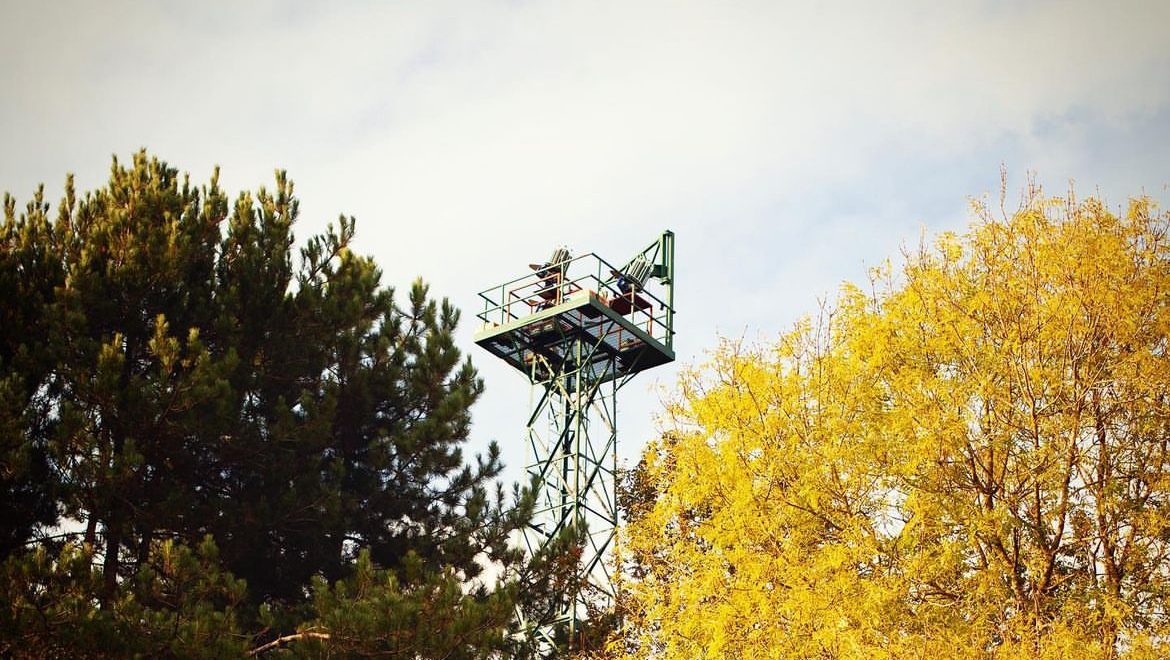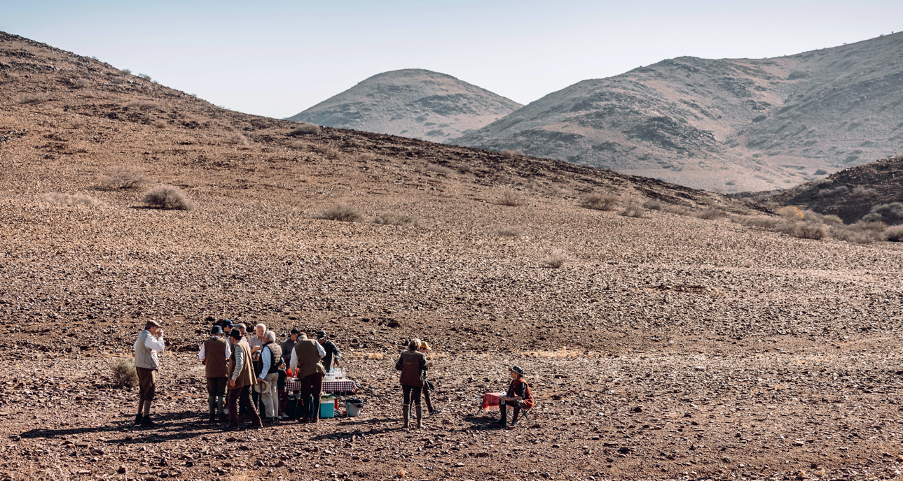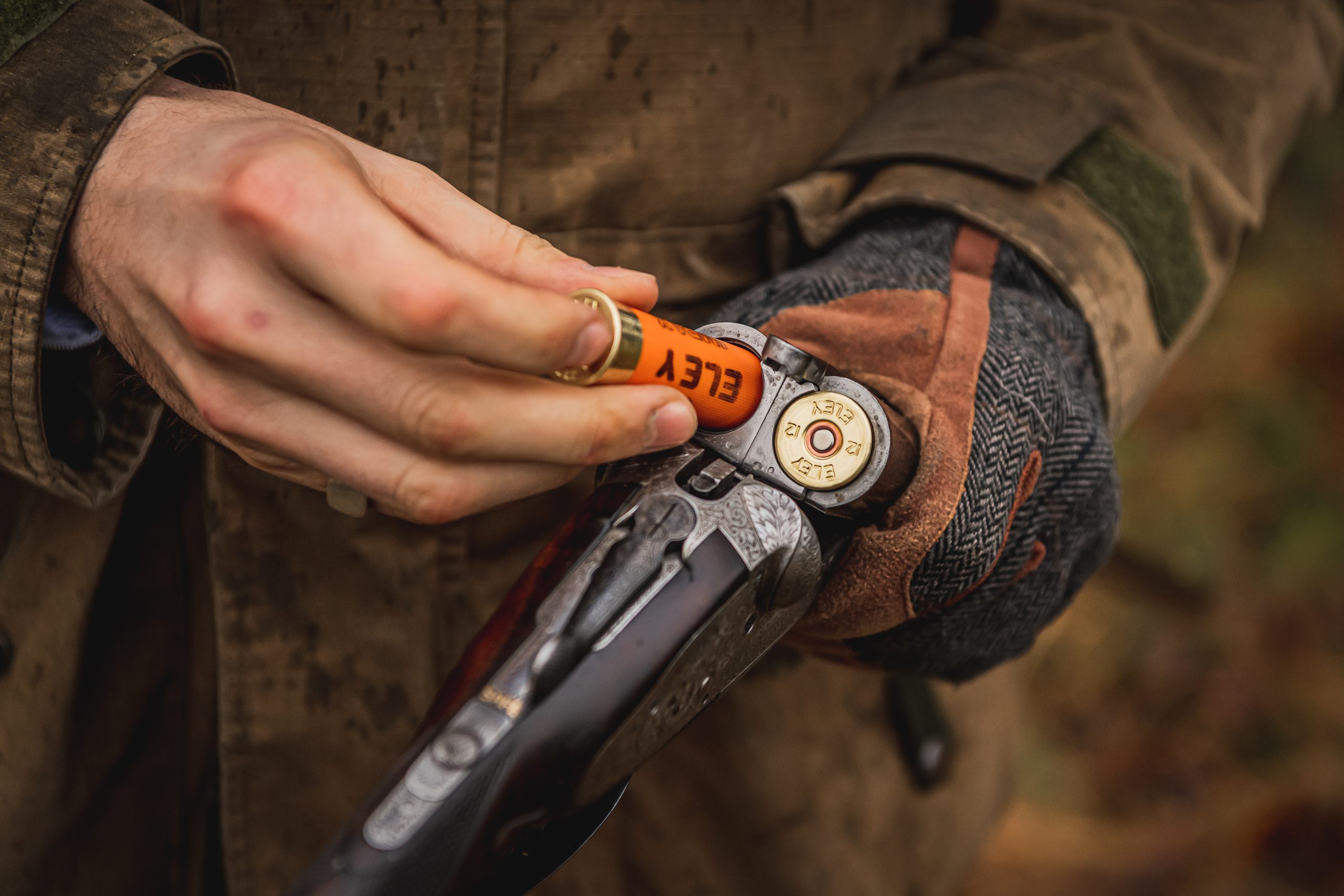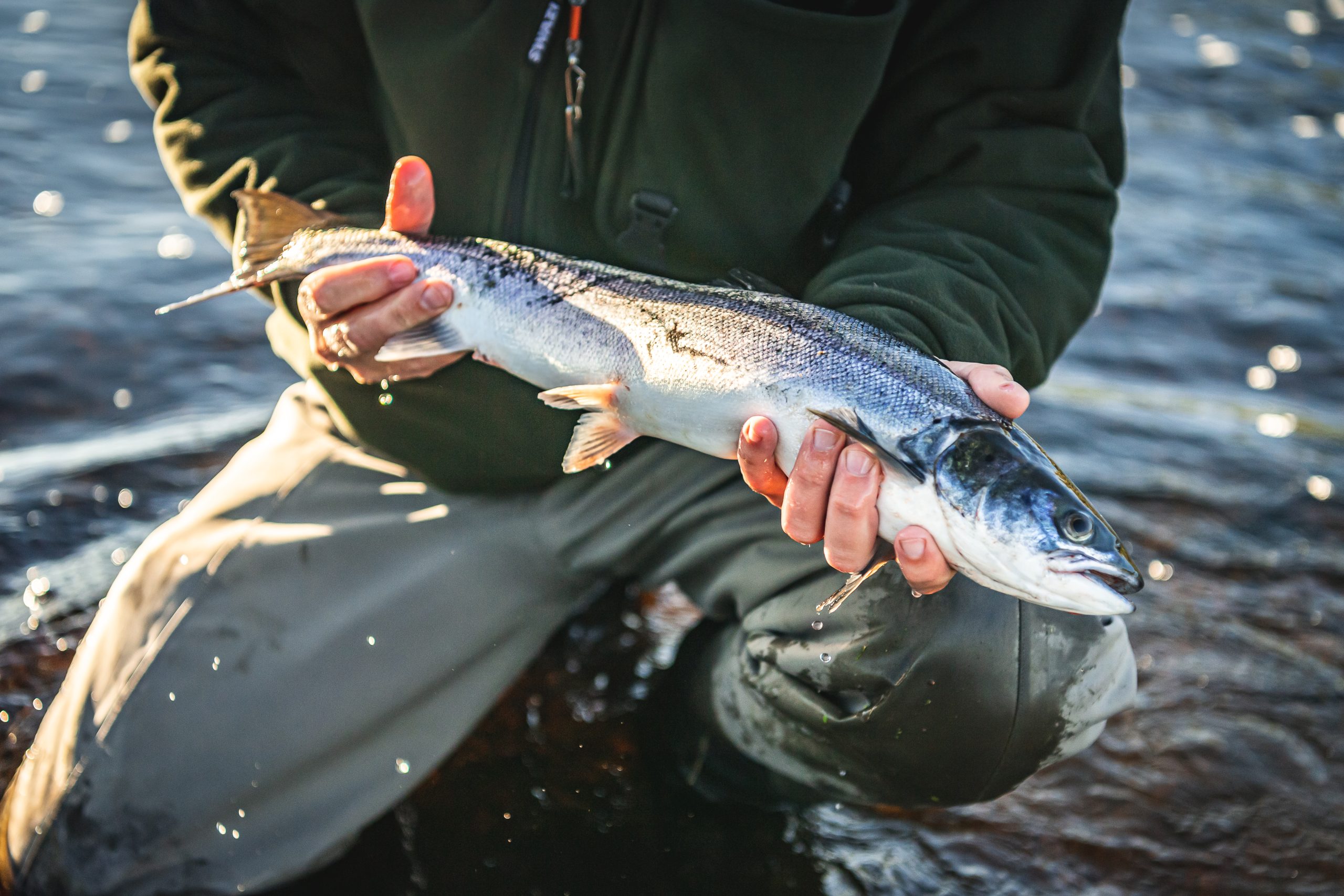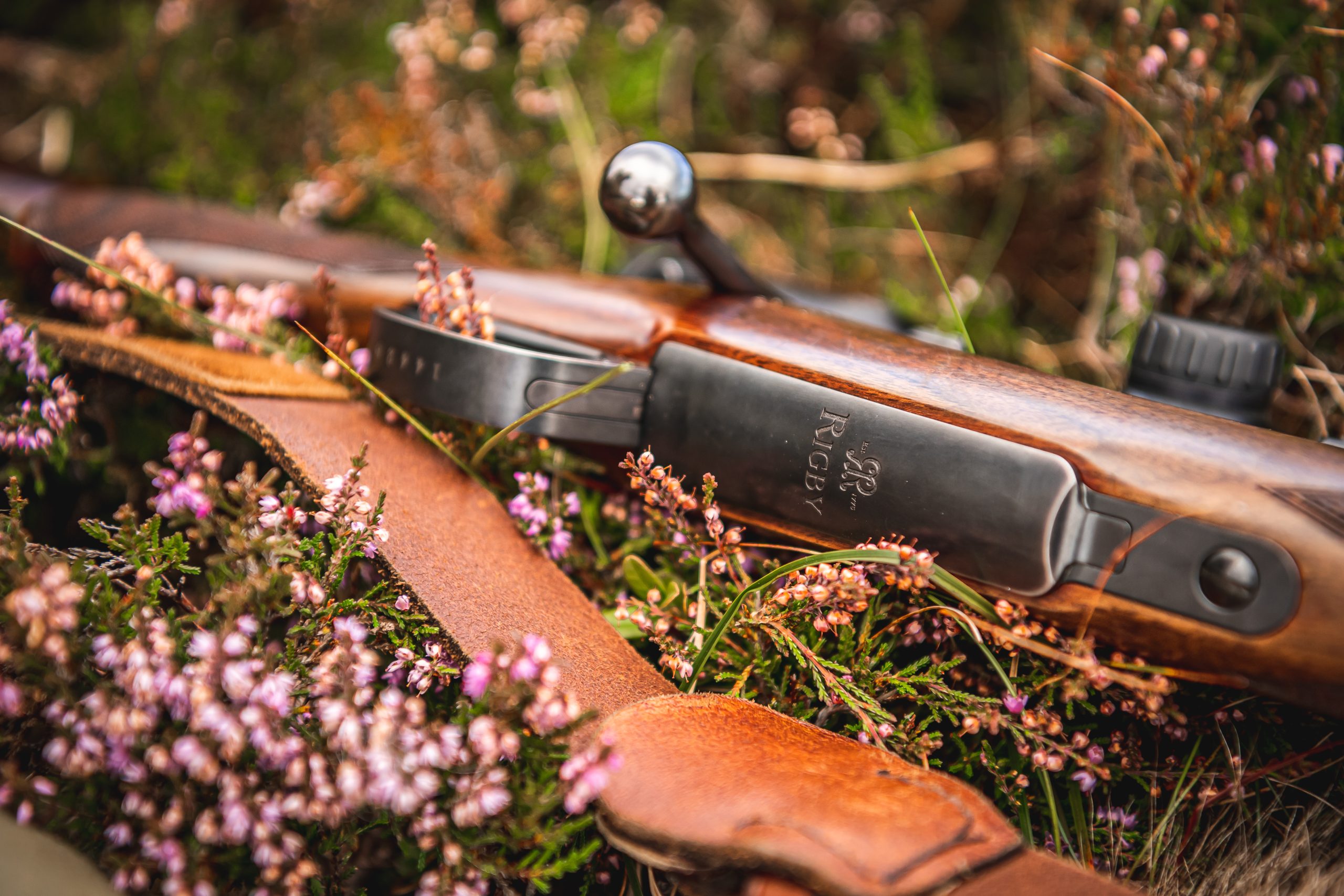Game shooting
Grouse counting
A closer look at spring and summer counts with Richard MacNicol.
Would you like to appear on our site? We offer sponsored articles and advertising to put you in front of our readers. Find out more.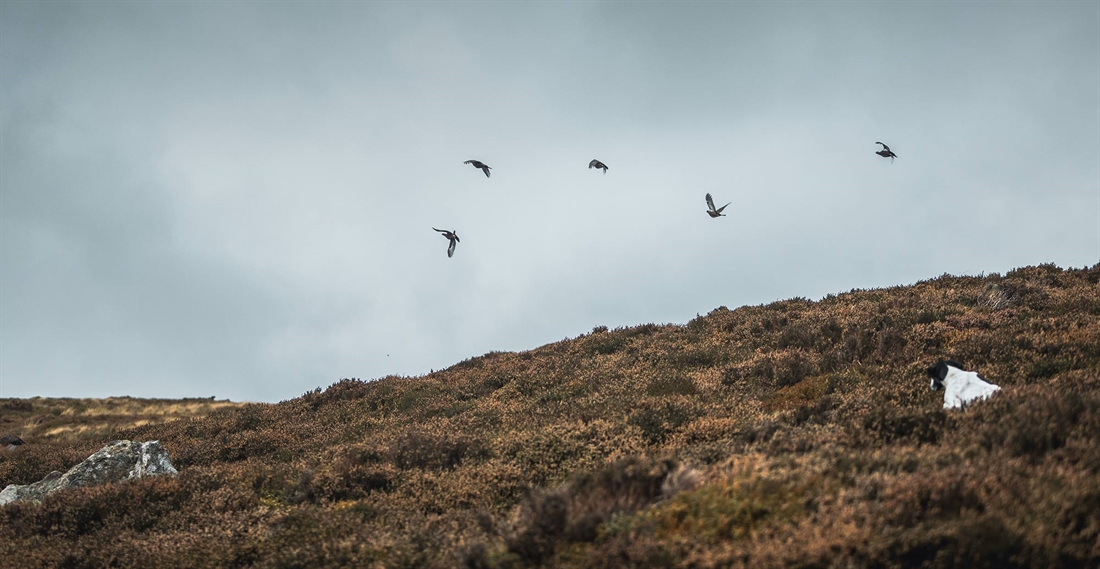
For over 40 years I have been involved with grouse counting on a number of estates in both Scotland and England. Indeed, I’ve walked with some of the finest grouse keepers in the country when undertaking this most crucial of exercises. The data collected is invaluable and determines how many days of shooting a moor can realistically expect to have in the season that follows. But I wonder how many grouse shooters truly understand what goes on behind the scenes with a good team of dogs in the spring and summer months?
Grouse counting is a very important part of a grouse keeper’s year. Of course, such is their affinity with the environment they manage day in, day out, a grouse keeper will generally have a good idea of how his/her grouse are doing and a reasonable feel for the density of birds on the ground. But, ultimately, they rely on the grouse counts for accuracy of numbers in a given area.
Counts are undertaken twice yearly. In the spring, counts are done before the grouse start nesting – this date can vary across the grouse moors in the UK. Some moors may wish to have their spring counts completed by early April, however in Scotland it can stretch into the middle of the month. Weather features as well – heavy snow can disrupt the counting and displace the birds to other areas.
The spring counts record all grouse – single cocks, hens, pairs and even cocks with two hens. These counts are usually what dictate the number of let days shooting that will be possible, as this decision cannot wait until the summer counts. That said, there is usually a clause in the contract of a let day that states bookings are subject to summer counts. Last year was a prime example – prospects for many moors looked brighter after spring counts than they did after the summer counts, resulting in the late cancellation of many shoot days, or in some areas every date in the diary.
Summer counts are typically done from 20 July right up until the Glorious Twelfth. They are carried out in the same areas as the spring counts to assess how the grouse have bred.
Weather conditions and the size of young grouse determine whether you will count on any given day and the grouse keeper will decide when to start the counts. The weather should be kind – dry with a light wind and not too hot. Counting in wet and windy weather is a big no-no, as this tends to lift the young grouse and scatter them in all directions. It is preferable to conduct the counts early in the morning when it is usually cooler for the dogs; I often start counting at 5:30am, although it can be done at other times of the day.
The summer counts record grouse of different ages, from small to well grown. Lifting the covey is important but if you come across a late brood and the late brood birds are on the small side, it is better to pull out from that covey than disturb them. Grouse can sit very tight during the summer count – I have seen my pointer glued on point and the grouse refuse to rise. Their inbuilt instinct to stay frozen still is incredible. Often, if you cheep like a hen grouse this will encourage them to rise. At other times the whole covey may rise and be away.
A key purpose of the summer count is to establish the young to old ratio of grouse. A good indicator would be a 3:1 young to old ratio – a higher proportion of young birds would be even better. When the count is complete, you will have ascertained the density of grouse in a count area, the young to old ratio and the number of coveys, barren pairs and single birds. A shooting estate can then make an informed decision. Generally, driven grouse shooting takes place when post-breeding populations exceed 60 birds/km2, with the number of days/typical bag sizes varying from moor to moor, given their variation in size and nature.
There are two methods that can be deployed when grouse counting. One is to ‘block count’, whereby a count is carried out in a clearly marked area, usually 200–250 acres squared. The second method is a ‘transect count’. These are done between two defined points – from one line of butts to another, for example. The latter is not as methodical as a block count but still a good counting technique. The size of the moor usually determines the number of counts undertaken.
In terms of dogs used, in my opinion you cannot beat a well trained pointer or setter for grouse counting. Yes, other breeds such as retrieving dogs may be used, but I have seen some young grouse pegged. Some people may muzzle their dogs to avoid this. It should be remembered that counting should not be a training experience for dogs; inexperienced dogs will only cause problems, embarrass you and may end up with your services being terminated. Training is for another time.
Related articles
Game shooting
The Glorious Nineteenth
Rhode Island may not immediately come to mind as a prime destination for a shooting trip, but The Preserve Sporting Club and Resort is changing that perception.
By Time Well Spent
Game shooting
Lunar escape
Likened by some to shooting on the moon, Morocco’s El Koudia is full of adventure, unique experiences and an abundance of terrain that you simply won’t find elsewhere
By Time Well Spent
Get the latest news delivered direct to your door
Subscribe to Fieldsports Journal
Elevate your experience in the field with a subscription to Fieldsports Journal, the premium publication for passionate country sports enthusiasts. This bi-monthly journal delivers unparalleled coverage of game shooting, fishing and big game across the UK and beyond.
Each issue offers a stunning collection of in-depth features, expert opinions and world-class photography, all presented in a timeless yet contemporary design. By subscribing, you’ll gain access to authoritative content from plain-speaking writers who tackle complex subjects with confidence and experience.
Plus, UK subscribers enjoy exclusive benefits including £2 million Public Liability Insurance for recreational and professional use of shotguns, rifles and airguns. Whether you’re a seasoned shooter or an intrigued novice, a Fieldsports Journal subscription is your gateway to enhancing your field sports endeavors and staying connected to the country way of life.


Manage Consent
To provide the best experiences, we use technologies like cookies to store and/or access device information. Consenting to these technologies will allow us to process data such as browsing behavior or unique IDs on this site. Not consenting or withdrawing consent, may adversely affect certain features and functions.
Functional Always active
The technical storage or access is strictly necessary for the legitimate purpose of enabling the use of a specific service explicitly requested by the subscriber or user, or for the sole purpose of carrying out the transmission of a communication over an electronic communications network.
Preferences
The technical storage or access is necessary for the legitimate purpose of storing preferences that are not requested by the subscriber or user.
Statistics
The technical storage or access that is used exclusively for statistical purposes.
The technical storage or access that is used exclusively for anonymous statistical purposes. Without a subpoena, voluntary compliance on the part of your Internet Service Provider, or additional records from a third party, information stored or retrieved for this purpose alone cannot usually be used to identify you.
Marketing
The technical storage or access is required to create user profiles to send advertising, or to track the user on a website or across several websites for similar marketing purposes.


